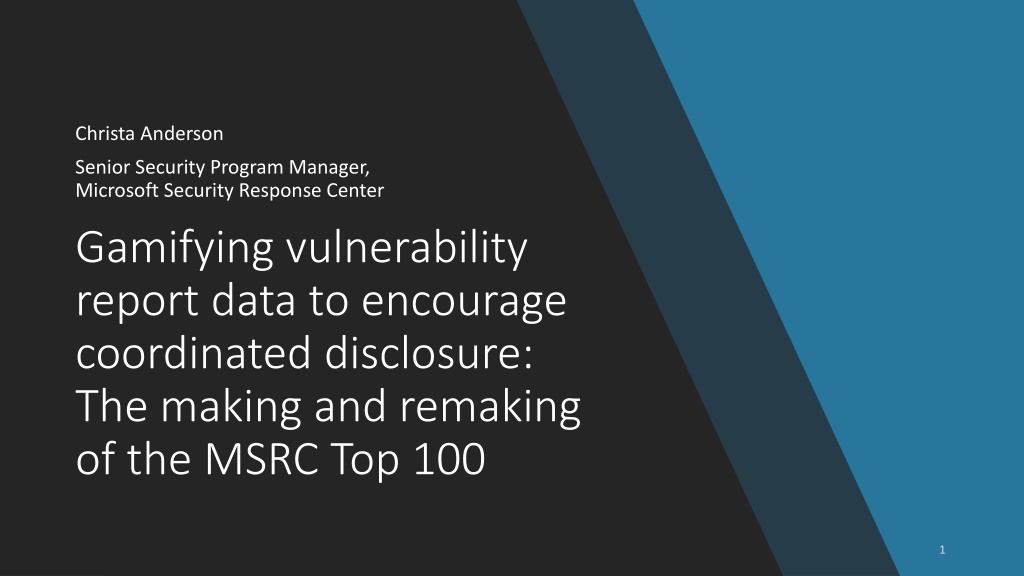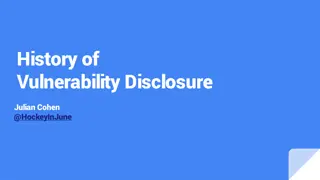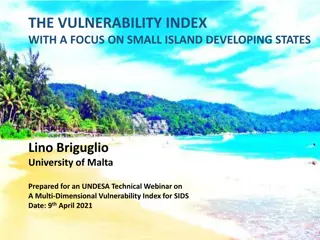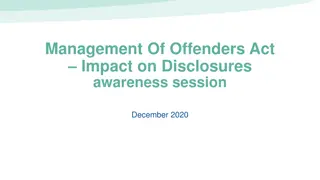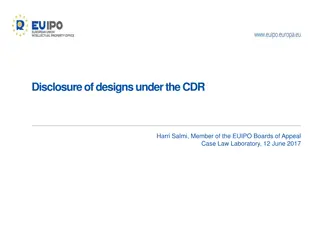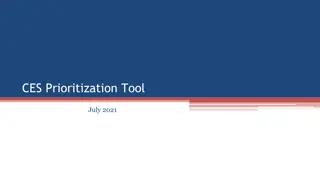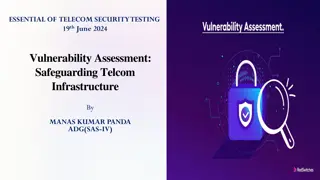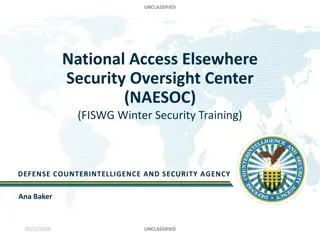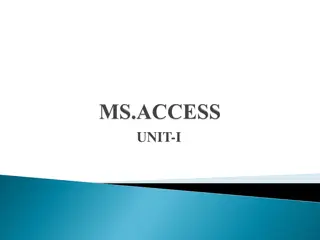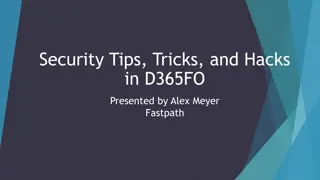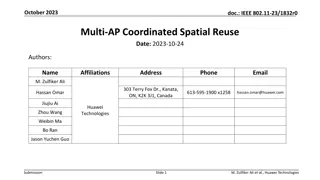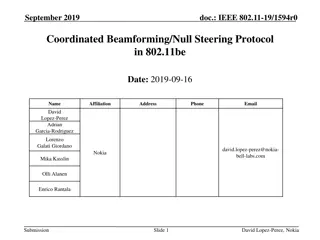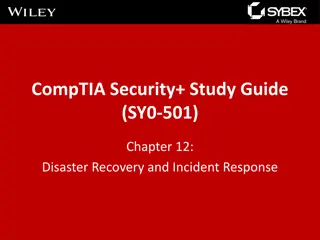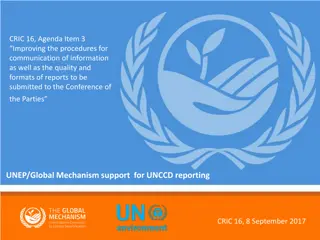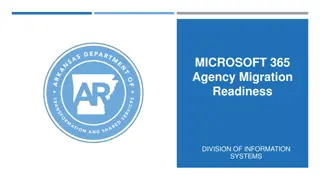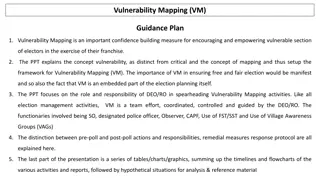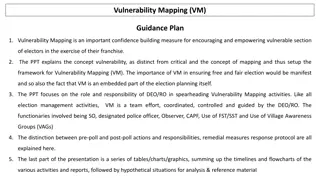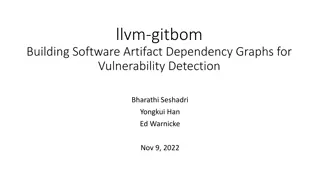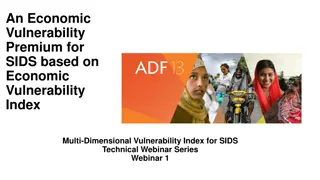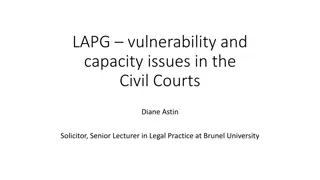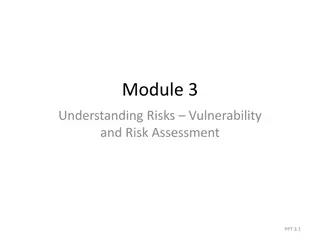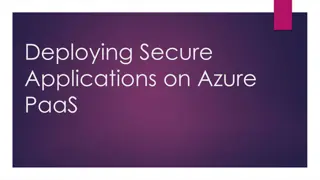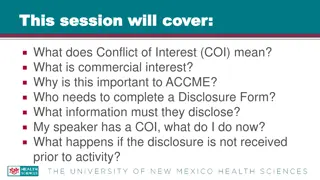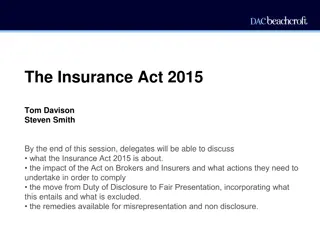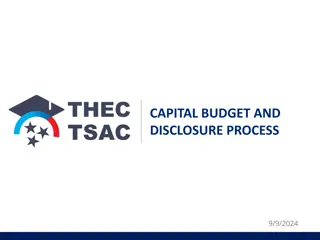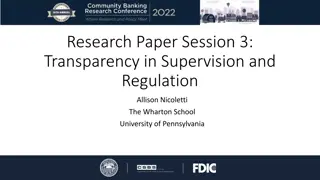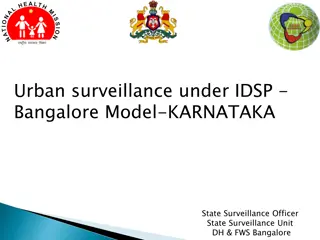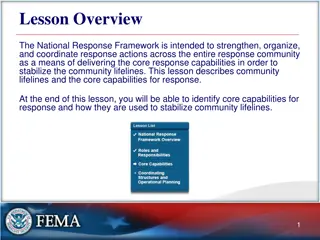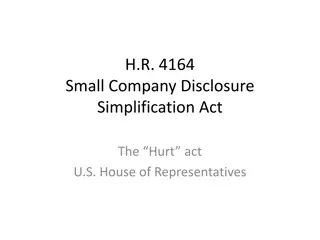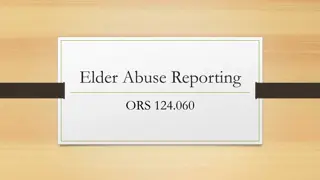Gamifying Vulnerability Reporting for Coordinated Disclosure at Microsoft Security Response Center
Christa Anderson, a Senior Security Program Manager at Microsoft's Security Response Center, discusses the importance of gamifying vulnerability report data to encourage coordinated disclosure. The MSRC Top 100, announced at Black Hat USA, plays a crucial role in the public credit strategy by recognizing and rewarding researchers for their contributions. The process involves assessing severity, impact, and crediting reports that enhance security without disclosing vulnerabilities. Various methods such as awareness, bounties, and public acknowledgement are utilized to promote Coordinated Vulnerability Disclosure. The rewarding system factors in severity levels, impact multipliers, and mitigation bypass points to incentivize long-time finders of vulnerabilities affecting multiple products.
- Microsoft
- Security Response Center
- Coordinated Vulnerability Disclosure
- Gamification
- Vulnerability Reporting
Download Presentation

Please find below an Image/Link to download the presentation.
The content on the website is provided AS IS for your information and personal use only. It may not be sold, licensed, or shared on other websites without obtaining consent from the author. Download presentation by click this link. If you encounter any issues during the download, it is possible that the publisher has removed the file from their server.
E N D
Presentation Transcript
Christa Anderson Senior Security Program Manager, Microsoft Security Response Center Gamifying vulnerability report data to encourage coordinated disclosure: The making and remaking of the MSRC Top 100 1
What is the Microsoft Security Response Center? A little What happens when you report a vulnerability? What is Coordinated Vulnerability Disclosure? background 2
The MSRC encourages CVD in several Awareness of CVD Bounties Public acknowledgement ways The Top 100 announced at Black Hat USA is a key part of our public credit strategy
Researchers really, really respond to the Top 100 Researchers watch this measure closely They notice not only whether they re on the list but what their rank is, how it compares to last year, and where everyone else is 4
Is it actionable? How severe is it? The Top 100 isn t just how many issues someone reported How do we credit reports that improve security but aren t reports of vulnerabilities? What s the security impact? Who gets the credit? 5
You can slice even these few data points in several ways 6
Time period Since 2004 (decay applied every 6 months after 18 months) Cases included Example #1: Most impactful submitters since MSRC established All reported under CVD and either fixed or in development Credited to Report submitter if report acknowledged Severity limits Critical, Important, Moderate (5 -3 -1) Final points (Severity Points * Impact Multiplier) + Mitigation Bypass Points Result Rewards long-time finders with reporting vulnerabilities affecting multiple products. Weights in favor of long-running products/services 7
Time period 12-month period June-June Example #2: Most impactful direct submitters of previous 12 months Cases included Master and duplicate cases fixed in current period Credited to Report submitter if report acknowledged but not aggregated reports from a third party Severity limits Critical, Important, Moderate 5-3-1 scale Final points (Severity Points * Impact Multiplier + Mitigation Bypass Points Result Rewards those who report high-impact and actionable vulnerability directly to Microsoft 8
Time period 12-month period June-June Cases included Example #3: Most impactful submitters of previous 12 months Master and duplicate cases fixed in current period Credited to Acknowledged finder, regardless of whether they reported directly or through a third party Severity limits Critical, Important, Moderate 9-5-1 scale Final points (Severity Points * Impact Multiplier + Mitigation Bypass Points Result Rewards all effort and seeks to give more credit for high-severity issues 9
Sure, repurposing data has problems Values assigned to severity and impact are arbitrary Attribution can be tricky because of the way data is stored Everyday data management/cleanliness issues that pop more given the way it s published Tweaking formulae isn t the solution And the measures aren t complete How do we take into account customer impact? Should we consider report quality? But the real issue is that we need to update the model to drive the behaviors we want. 10
Smooth path to attribution Give people time and information to adjust their behavior Promote products/services where we d like to encourage interest Account for helpful behaviors (e.g., great quality reports) and non-helpful behaviors Account for non-actionable reports How do we use the Top 100 to get higher-impact reports?
How are you using risk data to nudge human behavior? 12
Christa.Anderson@microsoft.com @virtualchrista secure@microsoft.com @msftsecresponse Thank you!
